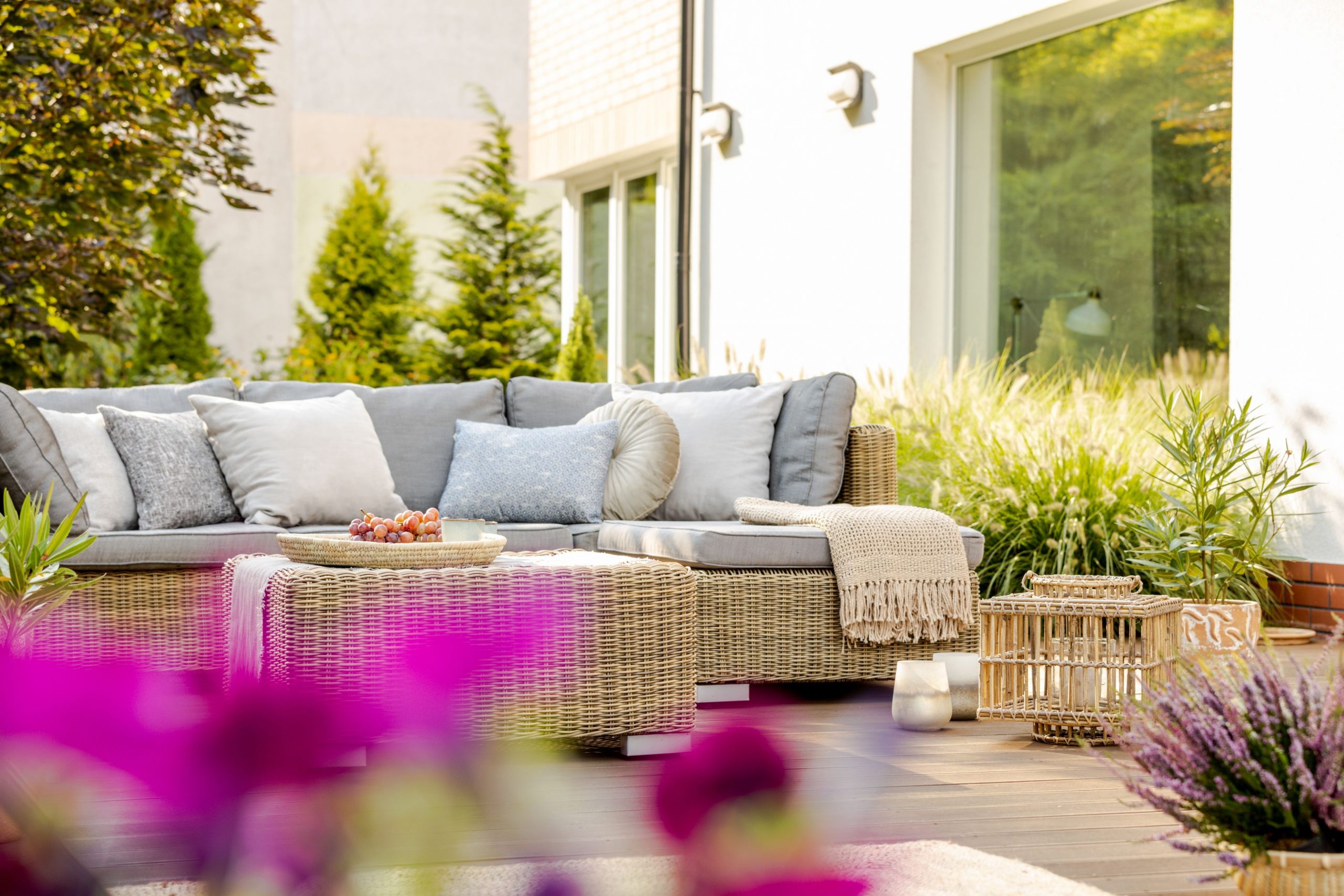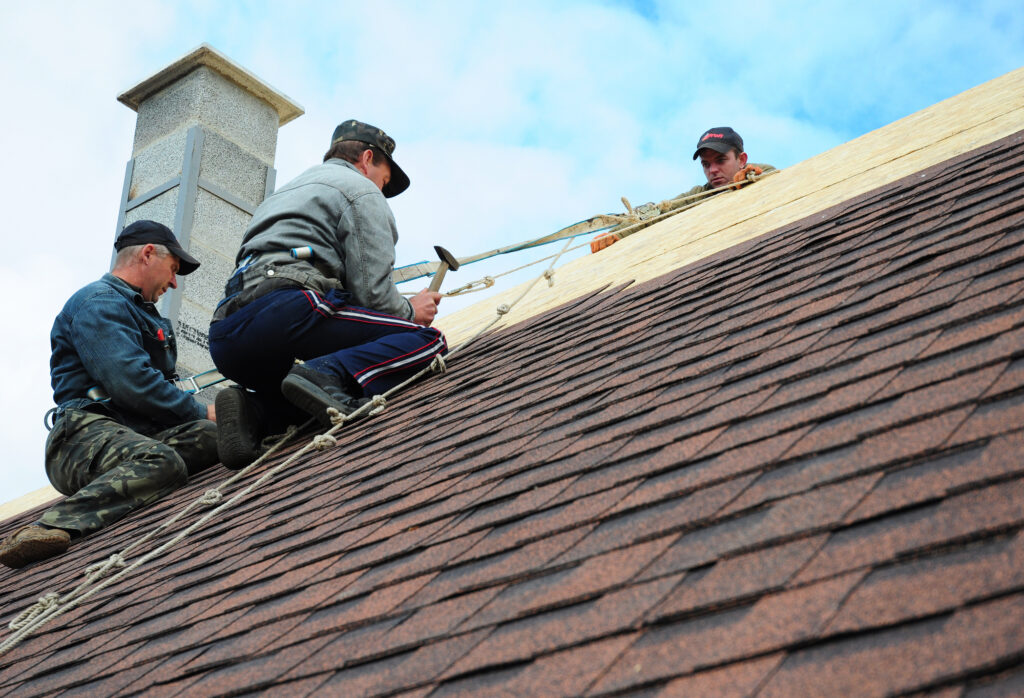Creating the Ultimate Backyard Retreat: Outdoor Living Trends

A thoughtfully assembled outdoor living space is as enticing and welcoming as your interior living areas. Soft, plush seating areas that invite you to sit, catch up, and relax and are focused on comfort, durability, and uniting the outdoor scheme with the indoor vibe top many homeowners’ backyard design goals. If you’re giving your outdoor space a refresh, read on for outdoor design concepts that are having a moment.
Intentionally designing the outdoor space like it’s an indoor room
Whether you have a petite patio or a sprawling backyard with multiple levels and living spaces, treating this area with the same intentional design as an indoor living room will create a space for entertaining, gathering, and relaxing. Creating a layout, factoring spaces to eat, having a conversation and lounge are all elements to create a cohesive area. Then, select outdoor materials and fabrics to stand up to the weather, such as an outdoor rug and sun-resistant upholstery. Lastly, you can layer in the details, such as lighting, planters, and other decorative elements.
Investing in timeless outdoor furniture
Outdoor furniture is an investment — for good reason. Investing in timeless pieces made of durable materials instead of low-quality plastic or uncomfortable wrought iron will create a space that you want to use and will last for many years to come. Outdoor sectionals, armchairs, sofas, dining, accent, and coffee tables should all be investment pieces that will serve as the backdrop for your home’s summer outdoor memories.
Examples of durable outdoor furniture materials include:
- Teak
- Weatherproof wicker and rattan
- Concrete
- Powder-coated aluminum
- Recycled materials
Unifying the indoors and outdoors
Coordinating the outdoor and interior design schemes helps create a cohesive, unified look and feel. For example, if your outdoor living area is off the family room, selecting material selections and a color scheme that coordinates with the family room will connect these two spaces.
Making luxury upgrades
Luxury home features aren’t just for the indoors. Luxury outdoor upgrades can make your outdoor living area more comfortable and increase the frequency with which you use it. These may include adding an outdoor fireplace, kitchens with an expansive prep area, pizza ovens, bars, or media areas.
Adding a partial enclosure
Whether it’s a roof or a wall, enclosing part of the outdoor living area will increase the time you can enjoy the space. If it’s raining out or the sun is too intense, an enclosure can help protect you from the elements.
Thoughtfully creating a lighting plan
A well-lit space is an essential part of any design plan. LED, solar and smart lighting are all critical elements of a well-lit outdoor area. Smart lighting allows you to control the lighting, even if you’re not home or need to adjust it when you’re in a different area of the home. Solar lighting, such as lanterns, pathway lighting, and string lighting, adds ambiance, can be energy-efficient, and can help lessen energy bills. LED lights can help you control the light temperature and the overall ambiance of the area.
Investing in this space can offer you immediate value in how you live your life and add value to your home when it’s time to sell.



